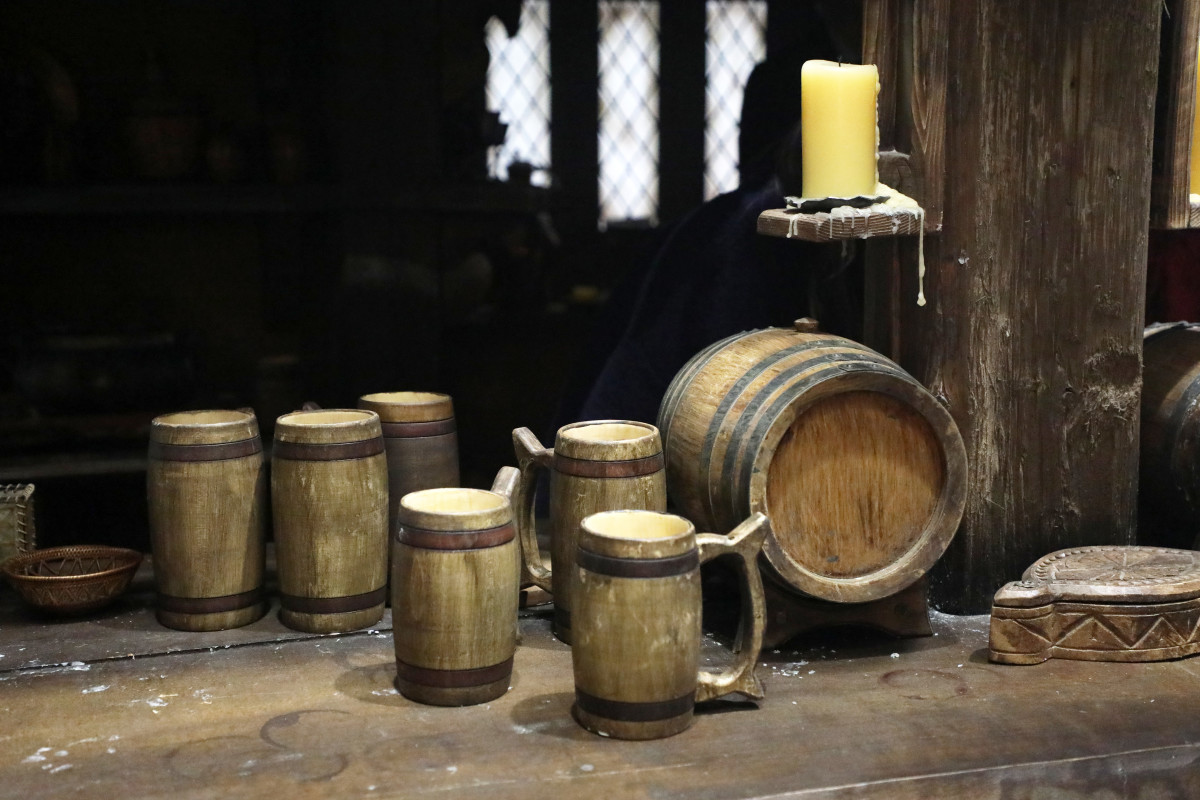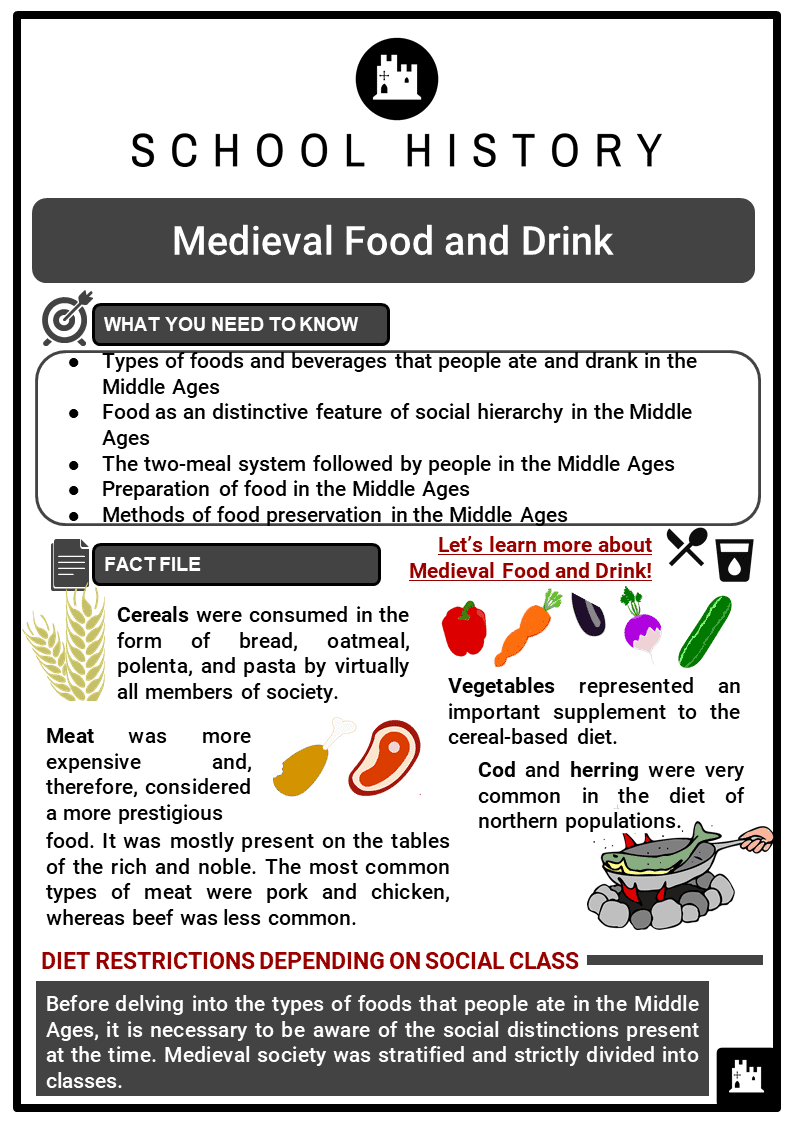

This gave rise to the “baker’s dozen”: a baker would give 13 for the price of 12, to show they weren’t cheating.

Since bread was so central to the medieval diet, tampering with it or messing with weights was considered a serious offense. Legumes like chickpeas and fava beans were viewed with suspicion by the upper class, in part because they cause flatulence.īut the regular folks chowed down on them. Other parts of Europe cooked with lard or oils of olive, poppy, walnut, and hazelnut. What people cooked withīutter was a popular cooking medium in Northern Europe – but it was super salty (5–10%) so it wouldn’t spoil. Cheese was kind of a big dealĬheese was the most common source of animal protein for the lower classes, and many of the varieties would look familiar today, like Edam, Brie and Parmesan. Cow milk, not so muchĬow milk wasn’t popular because it spoiled so quickly. Almonds were commonĪlmonds were commonly used as a thickener in soups, stews, and sauces, and almond milk was hugely popular. These, along with the widespread use of honey, gave many dishes a sweet-sour flavor.

Seasonings for upper-class peopleĬommon seasonings for upper-class people included verjuice, wine and vinegar with black pepper, saffron and ginger. So along with their grains, peasants ate cabbage, beets, onions, garlic and carrots. Beef, which required lots of land, wasn’t very big yet. Wild game was common, as was pork and chicken. Middle ages food for rich people included wheat and meatīoth of these items were expensive and prestigious. Grain provided 65-70% of calories in the early 14th century. Middle Ages food for poor people revolved around barleyīarley bread, porridge, gruel and pasta, for breakfast, lunch and dinner. Back in the Middle Ages in Europe, what you ate depended a lot on how rich you were.


 0 kommentar(er)
0 kommentar(er)
